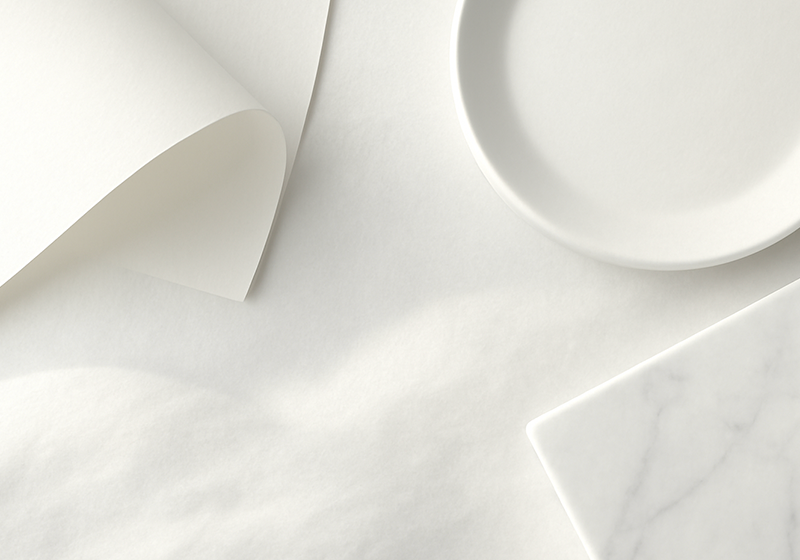Table of Contents
When you think of white, what springs to mind? Peace, innocence, perfection, perhaps? Or is it absence of colour? Physics tell us that white is in fact the exact opposite: it’s all the colours of the spectrum. And while white has been adopted by religions as a symbol of purity, in pop culture it has often been used to shock.
The history of white is full of surprises, so we’re sharing some of the most intriguing stories about the colour with you today.
What colour is white?
You may be thinking that – like for black – the question we should be asking is this: is white actually a colour? The short answer is yes, white is a colour. But it’s a special colour. Like black and grey, it’s considered an achromatic colour, in other words, a colour without hue.

Optically speaking, white is a combination of all the colours in the visible spectrum or the three primary colours. Isaac Newton demonstrated this for the first time in his famous experiment of 1666: when he shone light through a prism, he saw that white light was made up of the seven colours of the rainbow [we talked about this here in #Powercolours: rainbow colours].
When it comes to colour psychology, white is associated with purity, cleanliness, perfection, honesty and innocence. It also symbolises paradise and the afterlife. Negative connotations are few and far between, but coldness and apathy are among them.

If you’re designing for the web, the hex code for white is #FFFFFF. For print, there are several Pantone colours for white, including Bright White (11-0601 TPG).
A history of white: one of humanity’s first colours
White was one of the first colours used by humans. In the Lascaux Cave paintings, which date back over 20,000 years, and in many other prehistoric artworks, three colours are used: red, black and white. It’s thought that to produce white pigment the first humans used minerals such as kaolin or calcite, which they ground up using animal bones and then mixed with water, chalk, egg white, plant juices and animal fat to make it stick to the surface they were painting on.
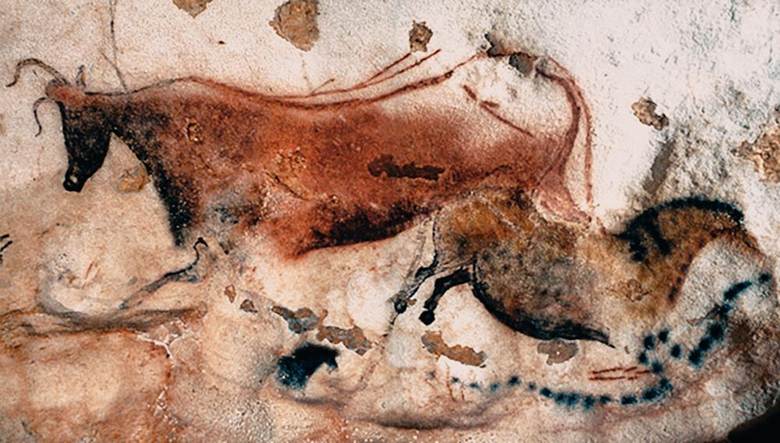
White was exalted by the ancient Egyptians, too. For them – and for other civilisations – white was the colour of sacredness, purity and simplicity. Sacred animals were depicted in white, as were holy clothes and items. For example, priests devoted to the goddess Isis dressed in pure white linen robes, while so-called double crown worn by some pharaohs was white and red.
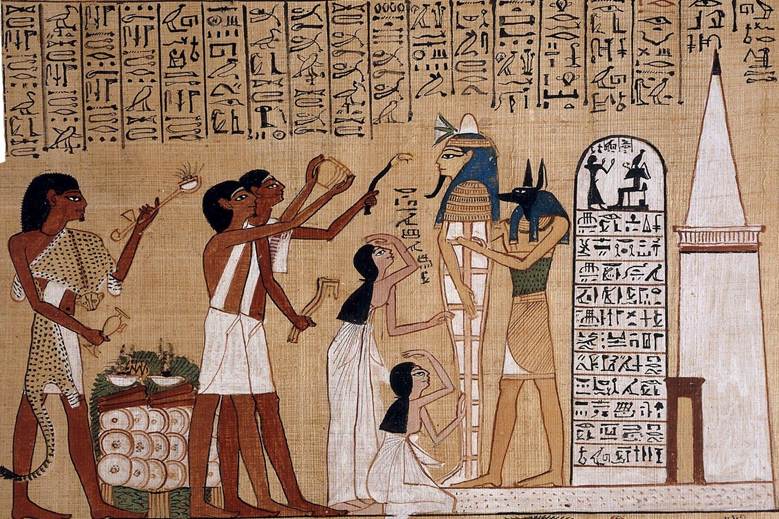
For the ancient Romans, white was the colour of the togas worn by citizens of the empire on formal occasions. Contrary to popular belief, however, architecture and monuments in the era were not particularly white.
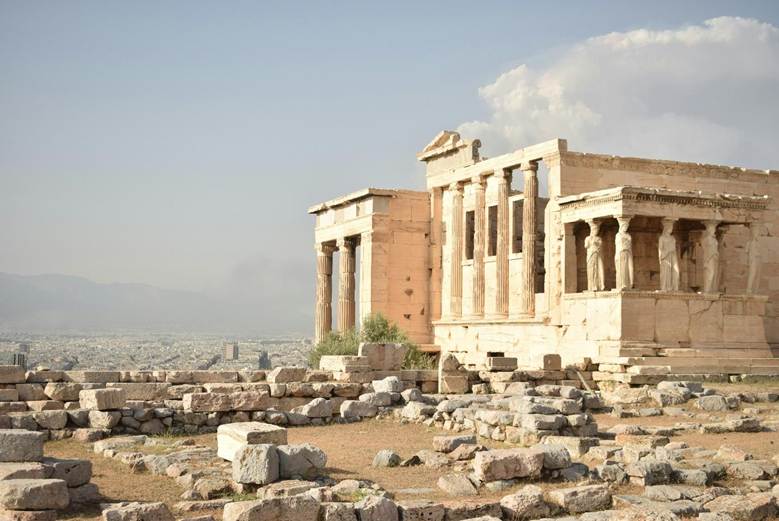
When we think of classical art – from Roman statues to Greek temples – we imagine a world of white. And these monuments did start out white, hewn as they were from slabs of marble. But they weren’t left bare: they were then painstakingly painted by hand in a gamut of colours that would have seemed eye-catching to contemporaries. The erroneous idea that antiquity’s sculptures were white likely arose in the Renaissance, when artists began to take an interest in the marble ruins they saw scattered around them.
White: the colour of spirituality

For millennia, white has been intimately bound up with religion. Perhaps the world’s most famous white outfit is the Pope’s cassock. It is said the tradition began in 1566, when Pope Pius V opted for a white cassock in tribute to the Dominican Order. In reality, white – as well as red – had already been worn by Popes for at least three centuries prior.
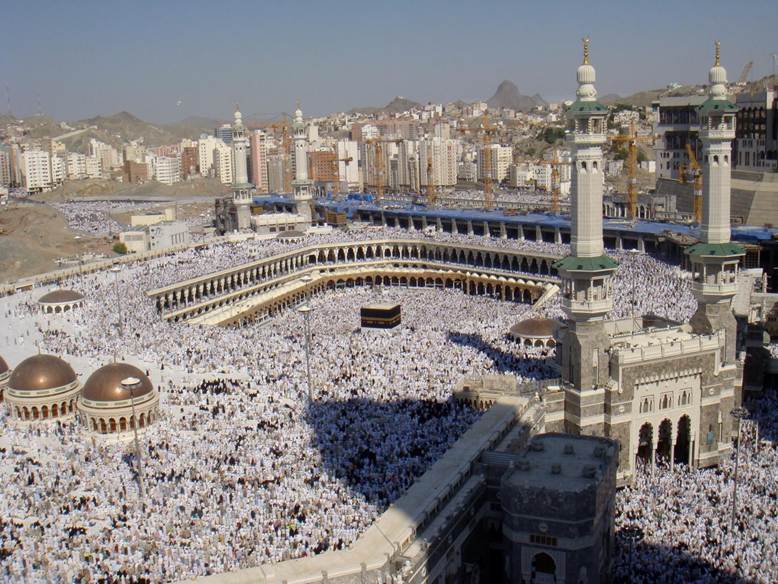
White attire is worn by both Muslim pilgrims and followers of Japan’s Shinto religion. Brides also traditionally dress in white in Western and Japanese culture. And white has a special significance in many other religions, too: think of the white gravel used in the gardens associated with Zen Buddhism, where the colour symbolises purity.
White is also very… pop!

Outside of the spiritual realm, white has also coloured iconic moments in (much more earthly) pop culture over the past century.
One of the bestselling records of all time has an all-white cover. That record is the Beatles’ ninth album. The record sleeve carries the band’s name in blind embossing on an immaculate white background – and nothing else. Known simply as the White Album, it’s official title is actually The Beatles.
In architecture, white has always been widely used and favoured by styles such as neoclassicism, baroque and rococo in particular. But it’s in minimalist contemporary architecture that truly white reigns supreme. And one of the first to champion this colour was the godfather of modernism, Le Corbusier.
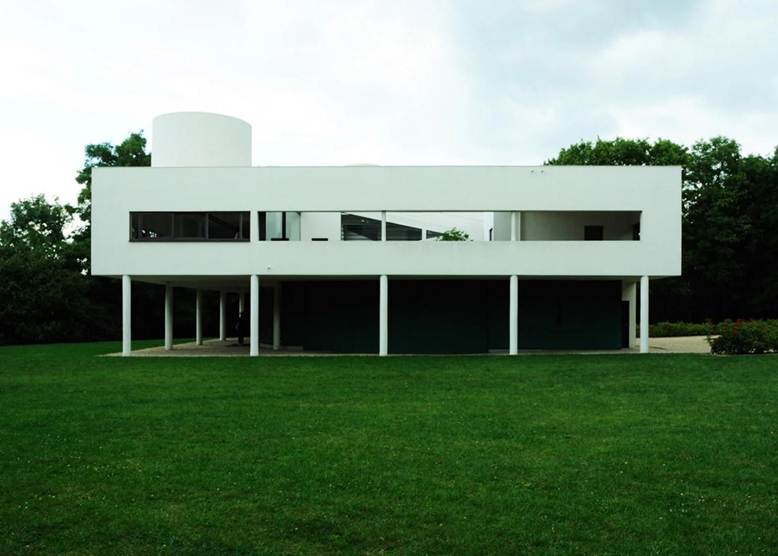
Speaking of minimalism, this time in the tech world, the colour white has long been a favourite at Apple, with the firm adopting it for many flagship products over the decades, from the first Macintosh computers to the iMac, iPod and, most recently, AirPods.
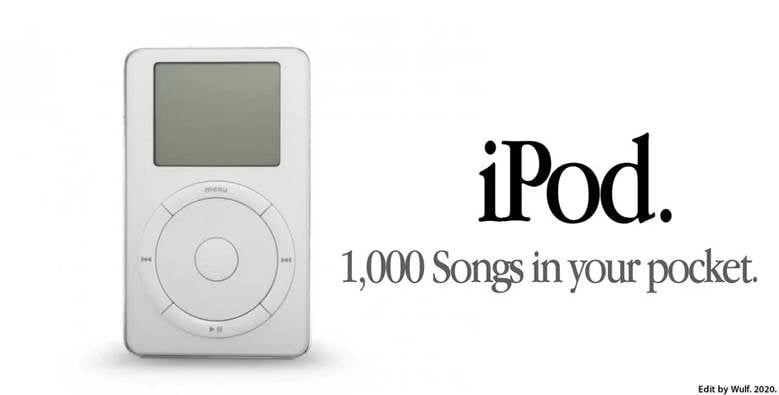
In show business, one of white’s most memorable moments involved a “scandalous” dress worn by Marilyn Monroe. It came in the legendary scene from The Seven Year Itch (1955) when gusts of air from a subway vent catch her snow-white dress, causing it to billow upwards and flash an indecent amount of leg for the fifties.
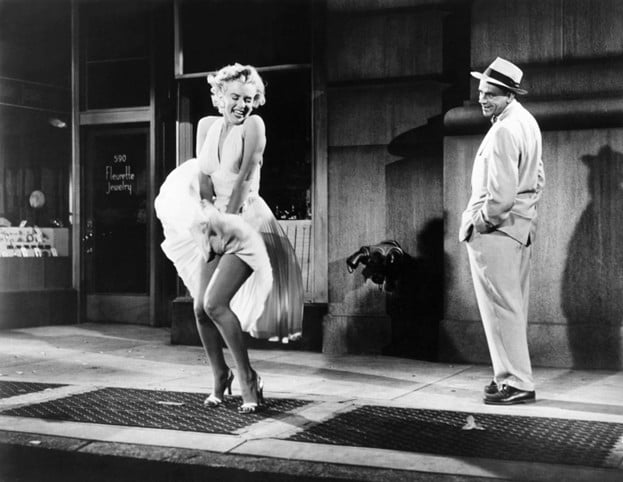
Thanks to another film released that year, Rebel Without a Cause, the simple white T-shirt worn by James Dean would become synonymous with bad boys for decades to come: the same white tee was later sported by Fonzie in Happy Days and by T-Bird in Grease (1978).
It would be remiss not to mention the glittering glove donned by Michael Jackson throughout the eighties, and the unforgettable dress worn by Sharon Stone in that infamous scene from Basic Instinct (1992).
What about you? What’s your relationship with white? Will you use its special power in your next project?

